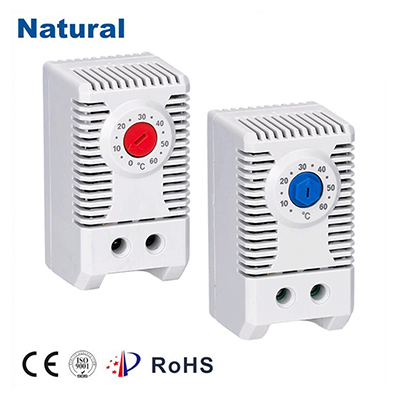In the world of temperature control, the bimetal thermostat stands as a reliable and efficient device. Its unique design and functionality make it a crucial component in various industrial, automotive, and household applications. This article aims to explore the basics, working principles, and applications of the bimetal thermostat.

What is a Bimetal Thermostat? The bimetal thermostat, also known as a bimetallic strip or bimetallic switch, is a temperature-sensitive device that consists of two different metal strips bonded together. These metals have distinct thermal expansion coefficients, meaning they expand or contract at different rates when exposed to changes in temperature. This difference in expansion causes the bimetal strip to bend, which in turn triggers an electrical switch, either opening or closing a circuit. Working Principles of a Bimetal Thermostat The bimetal thermostat operates on the principle of bimetallic expansion. When the bimetal strip is heated, the metal with the higher thermal expansion coefficient expands more than the metal with the lower coefficient. This differential expansion leads to a bending motion in the strip, which is designed to activate a switch mechanism. The switch can be designed to operate at a specific temperature, making the bimetal thermostat an effective tool for precise temperature control.